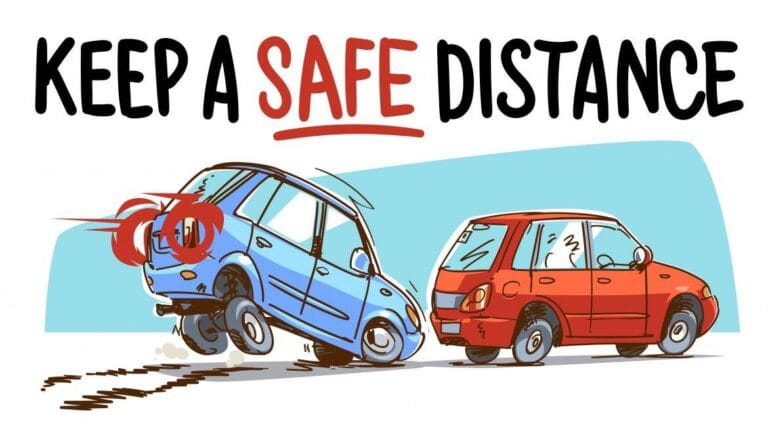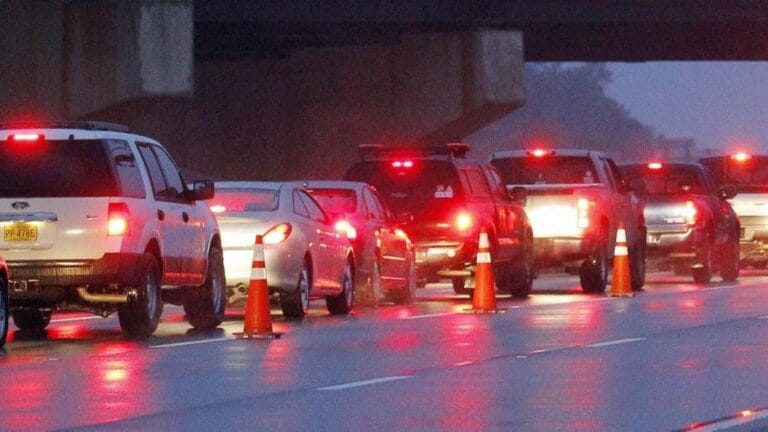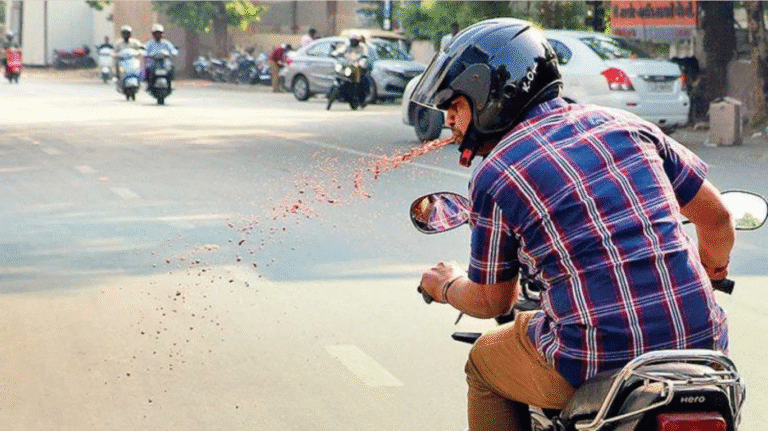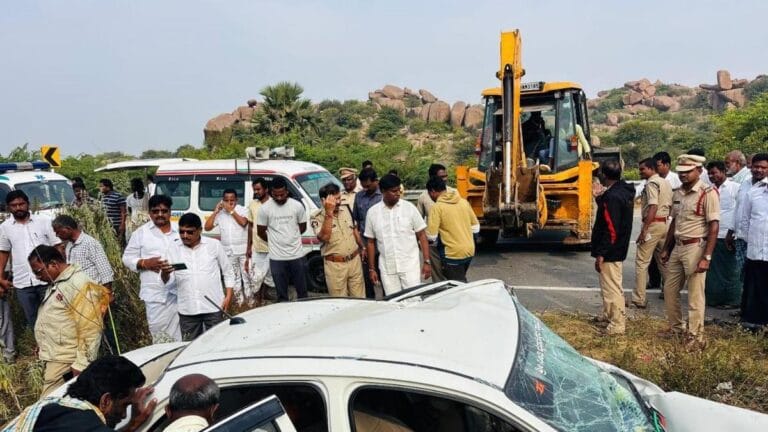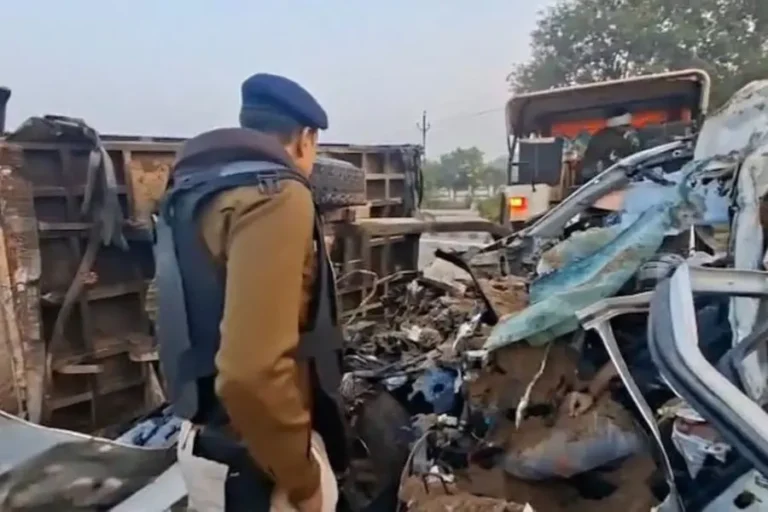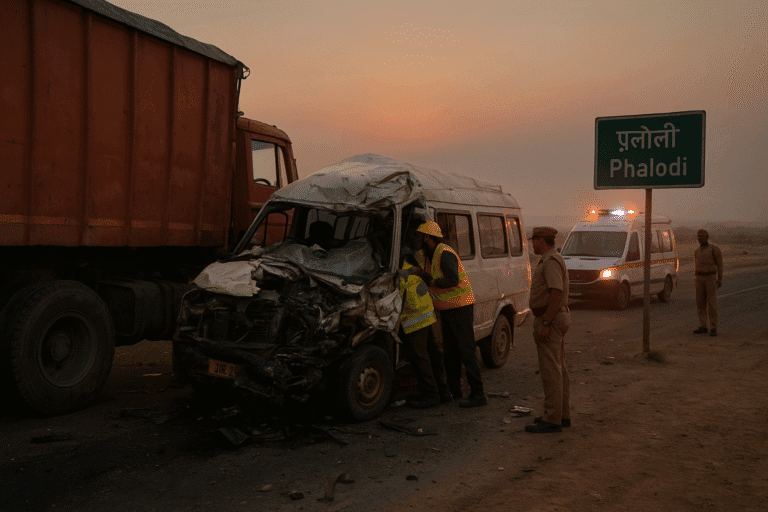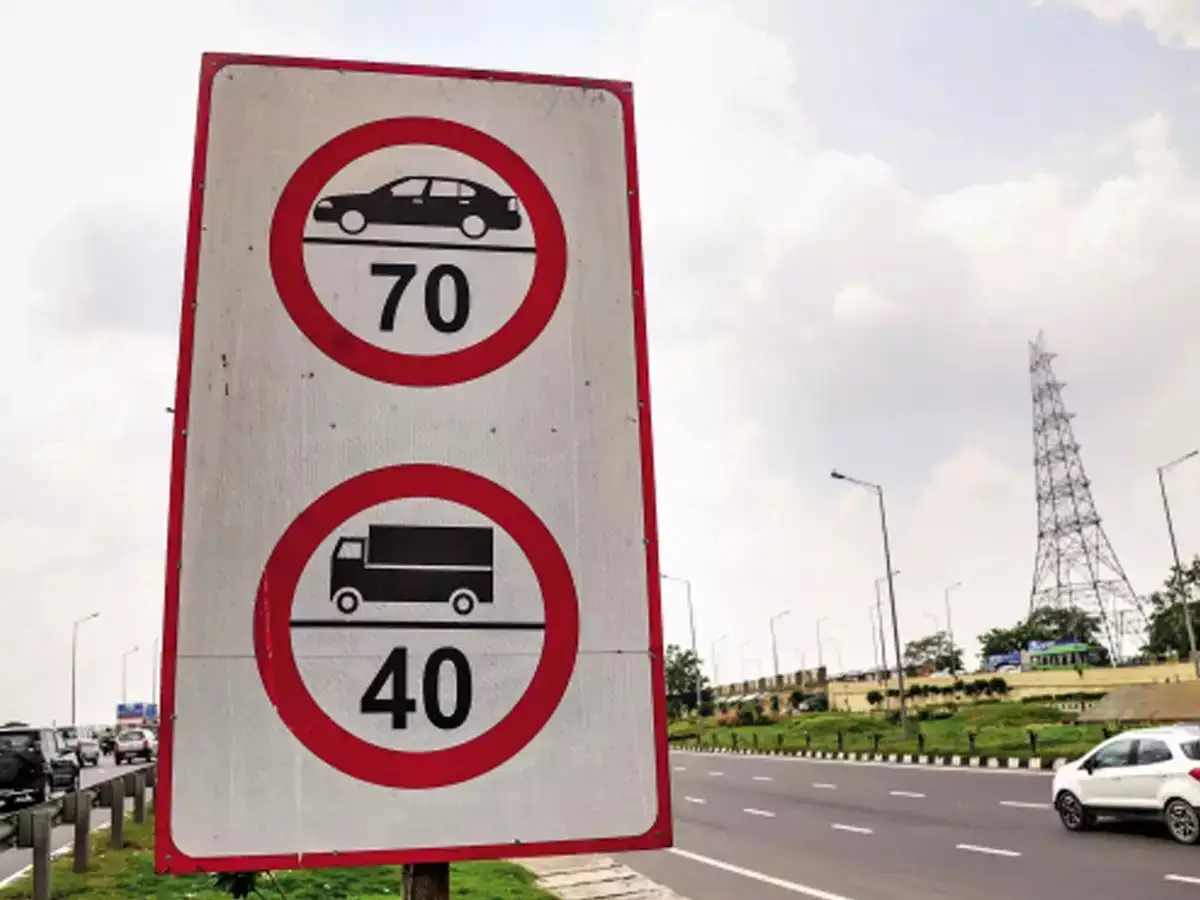
Speed Limits On Road
In Indian roads, it is a common road user, including cyclists, motorcyclists, three-wheelers, light commercial vehicles (LCVs), medium commercial vehicles (MCVs), heavy transport vehicles (HTVs), pedestrians, and animal-drawn carts. These roads often pass through areas like narrow bridges, curved roads, markets, residential zones, schools, high-traffic density zones, curves, and accident-prone areas. But the speed control road signs indicating the following speed limits of 20 km/h, 30 km/h, or 40 km/h, many road users consistently ignore and violate these limits. Leading to dangerous situations and increasing the risk of road accidents.
Why an Indian road user doesn’t follow:
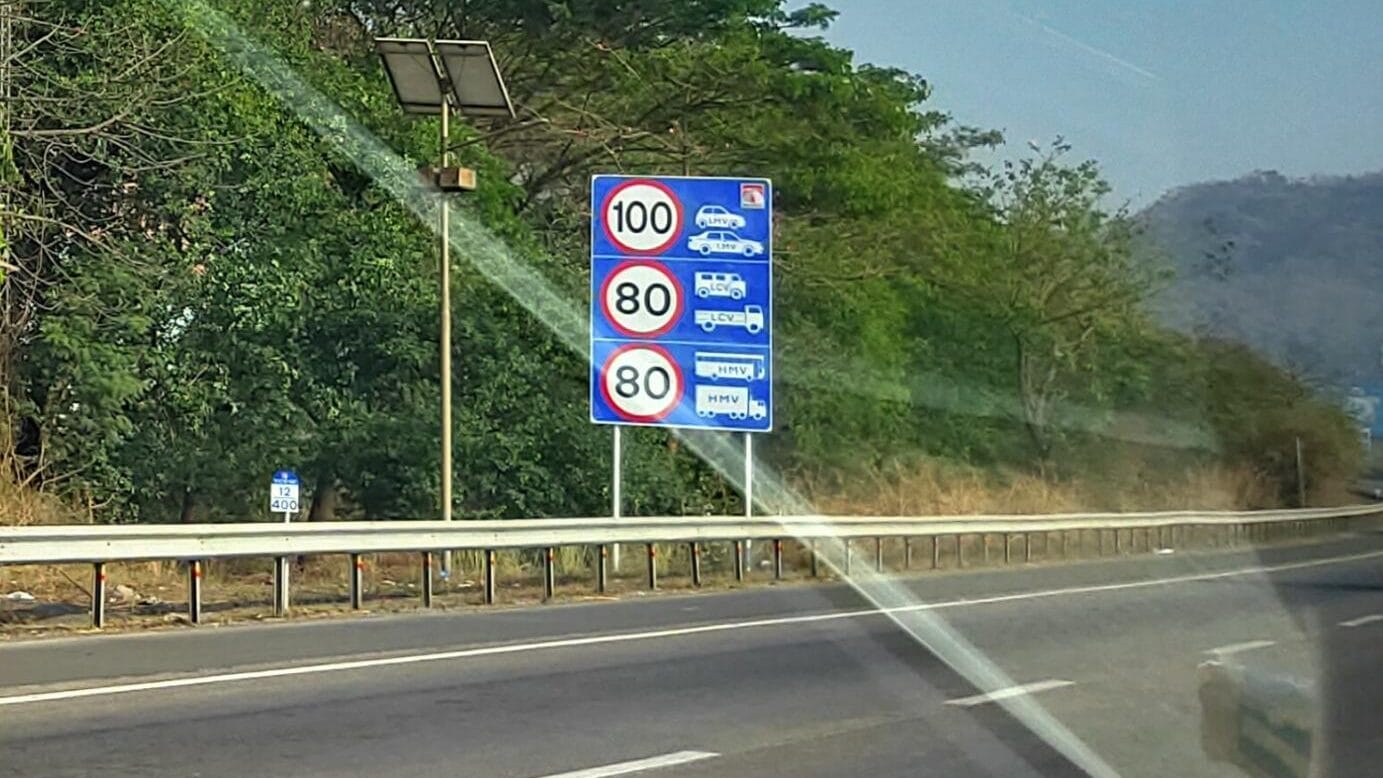
- Due to lack of awareness?
- Some drivers are unaware of the speed limits, their reasoning, and the consequences.
- Regular commuters and overconfidence on the road?
- Many road users travel these routes daily and become too comfortable, neglecting road safety measures.
- Drivers believe that they can handle the road conditions better than others, leading to speeding and road accidents.
- Overlooking road hazards?
- Familiarity with the road can cause drivers to underestimate potential hazards.
- Normalisation in Indian roads?
- Speeding and unsafe driving practices are often normalised as part of everyday driving habits.
- Many drivers believe road signs are not relevant to them, so they ignore road signs.
- Many drivers have not received adequate road safety training or are not aware of traffic rules.
- Some drivers have misconceptions and believe that speed limits are only meant for heavy or commercial vehicles, or even for government employees or visitors.saferoadlife
The result of not following the speed limits and road safety warnings on the road leading is a high number of road accidents, injuries, and fatalities.
How to improve the road safety culture in Indian road users:
- Road safety campaigns will educate the drivers about the dangers of speeding and the importance of following traffic laws.
- Traffic Law Enforcement: Enforcing speed limits and traffic laws with stricter penalties for violations can change the driving behaviour.
- Road user road safety training: Better road safety training can help drivers understand road hazards, consequences, and traffic rules.
- Infrastructure Improvements: Designing safer roads with clearer signage and better infrastructure, especially in high-risk areas, will change the driving behaviour.
- Behavioural Change Initiatives: Encouraging responsible driving behaviour through rewards and recognition programs (RnR) for safe driving will impact their safe driving and encourage them to follow the road sign and the speed limit.
Driving behaviour in India can only change with education, enforcement, and evaluation by effort from state and central government authorities, traffic police, road safety advocates, and the road users themselves.
Drive safe, stay safe!
Safe Road Life.
